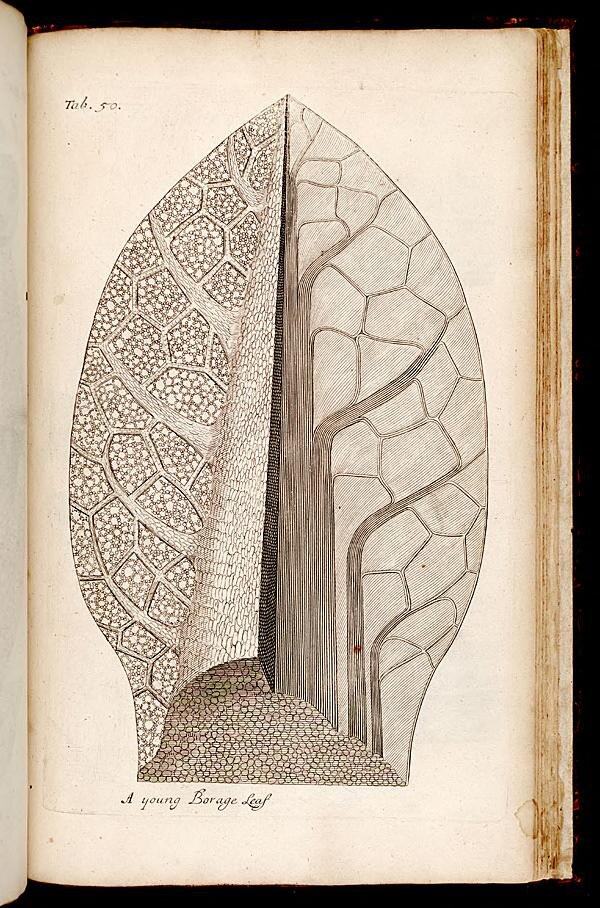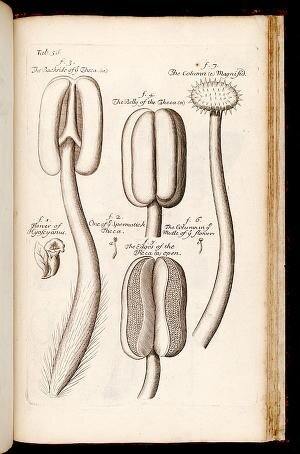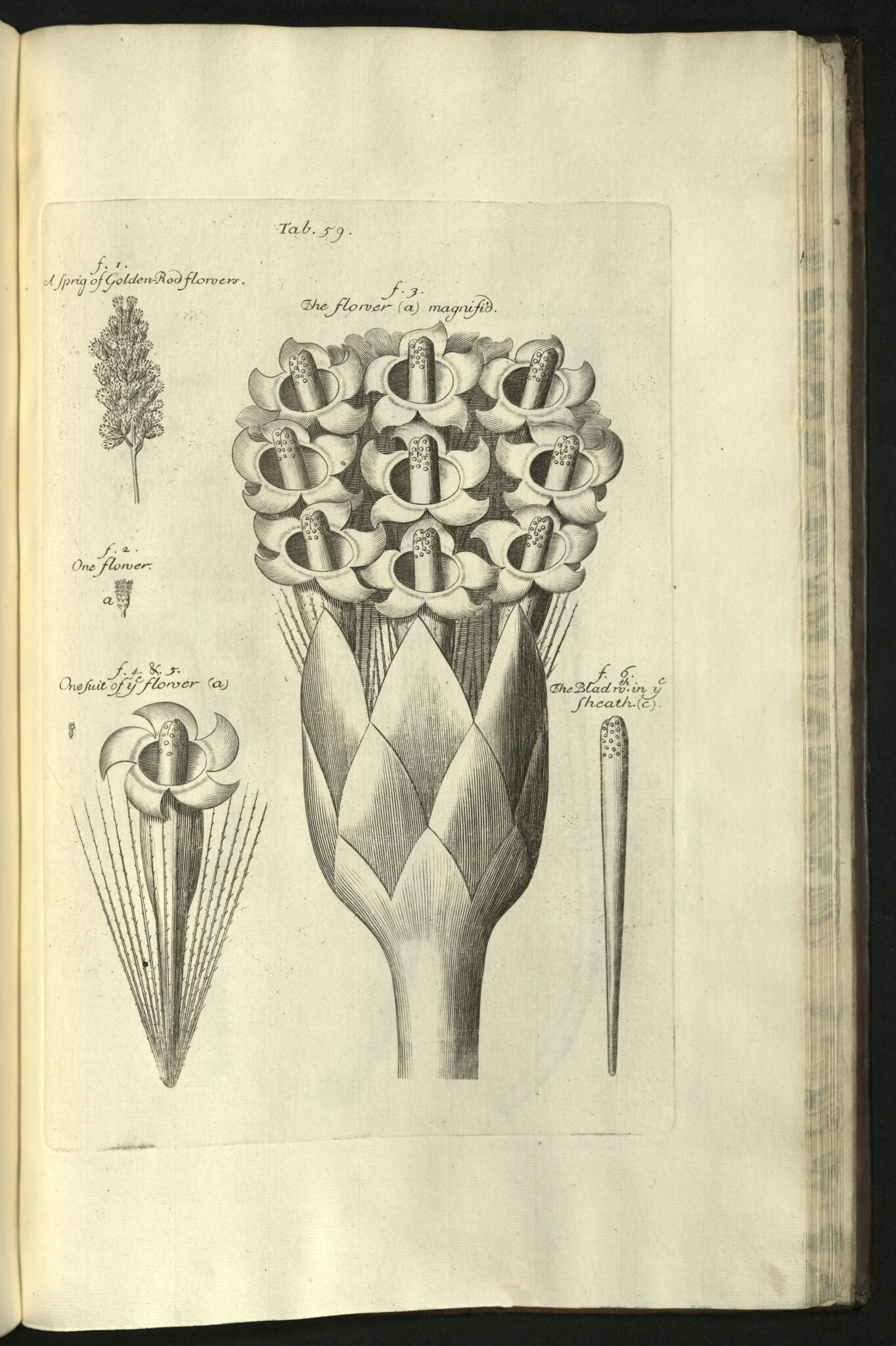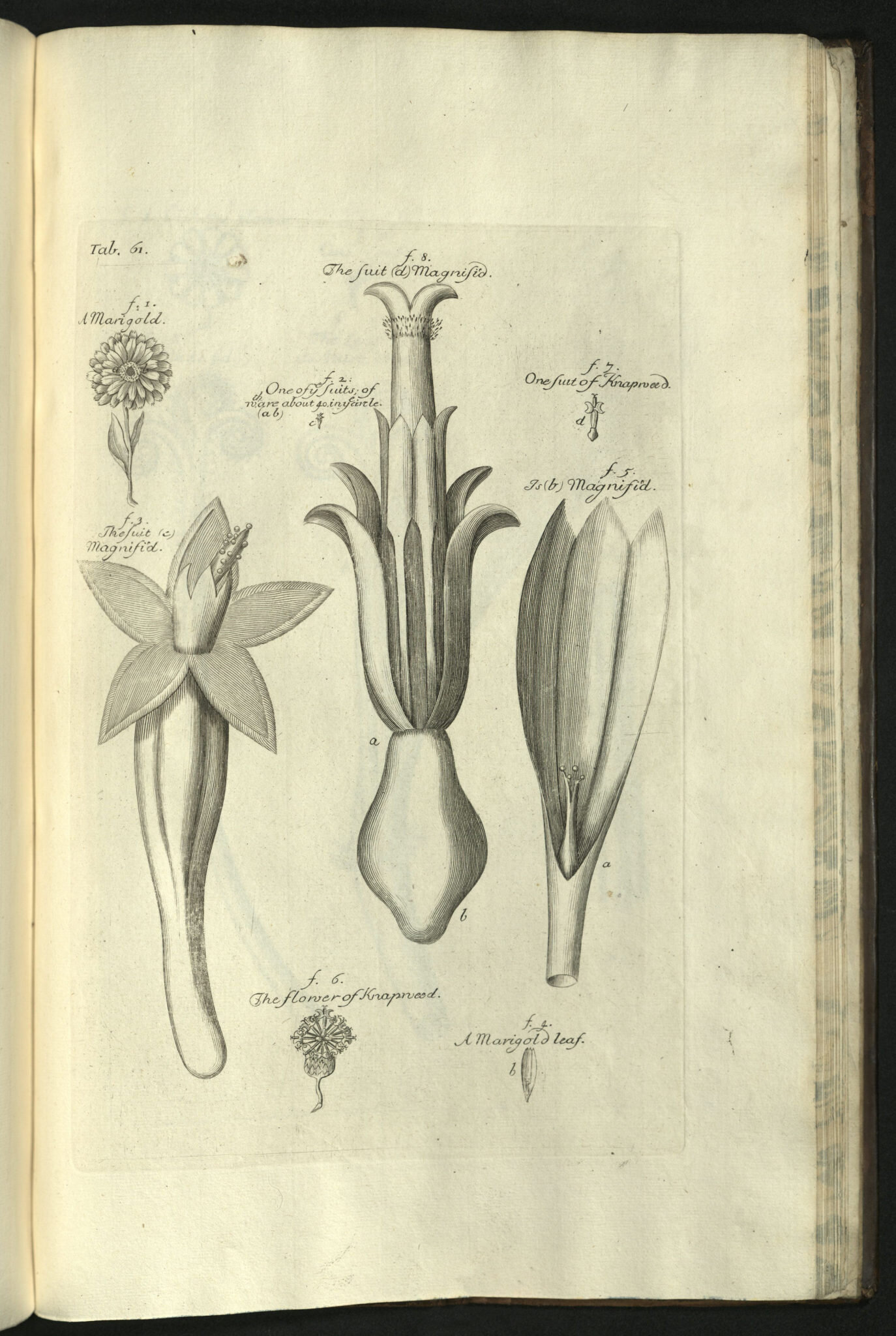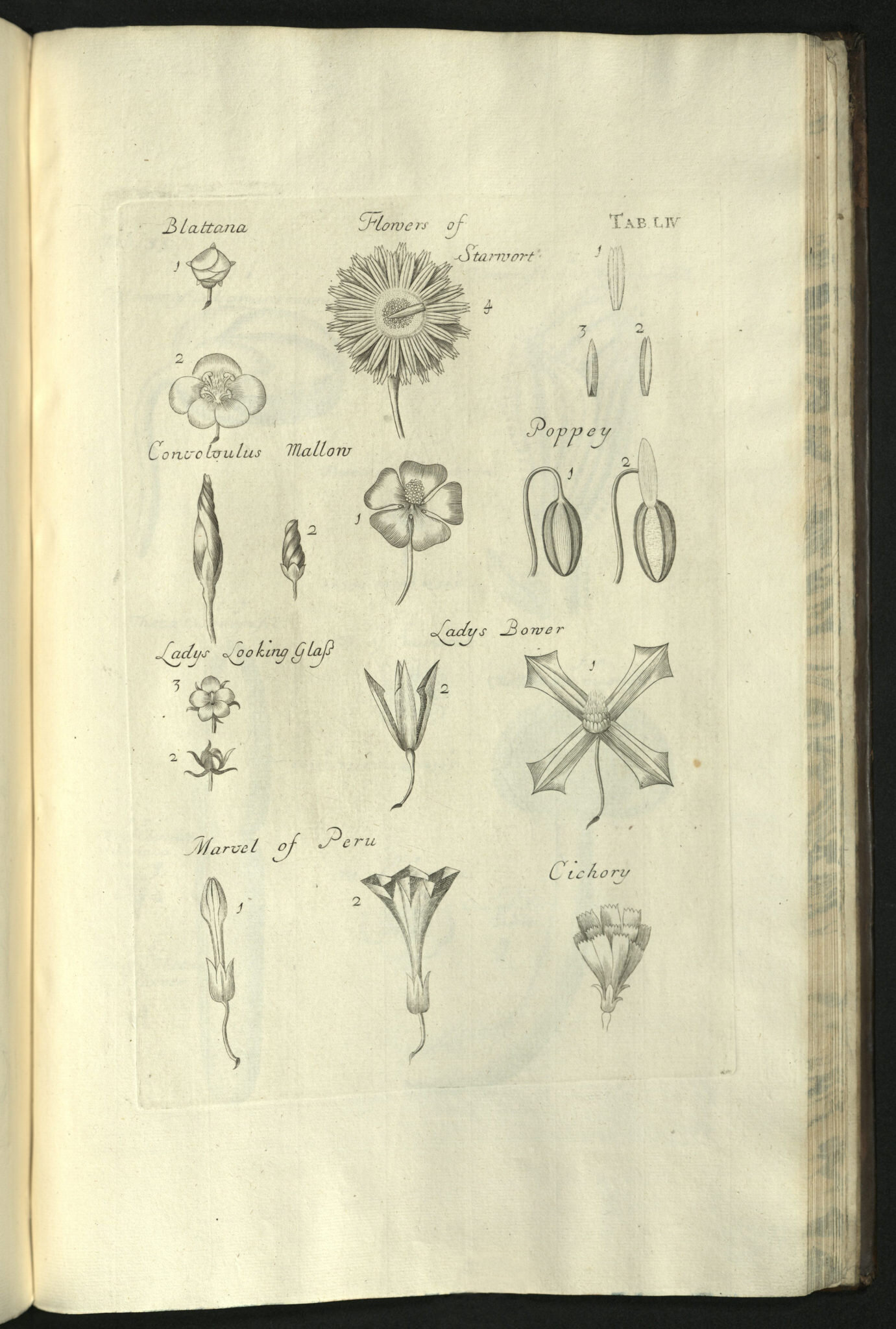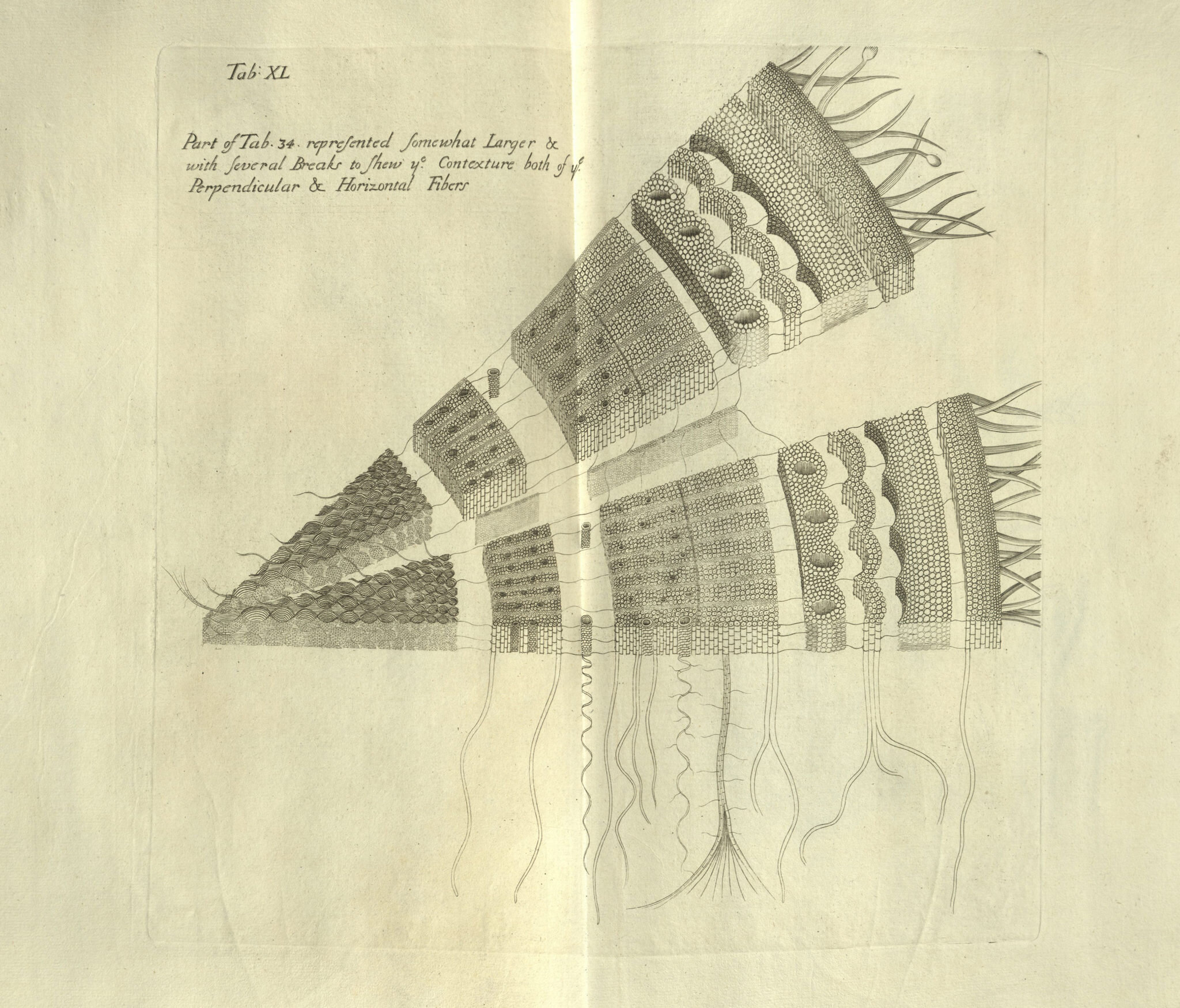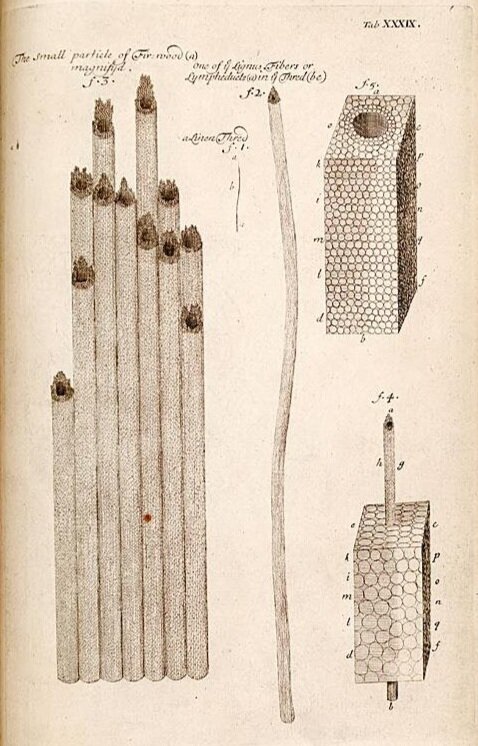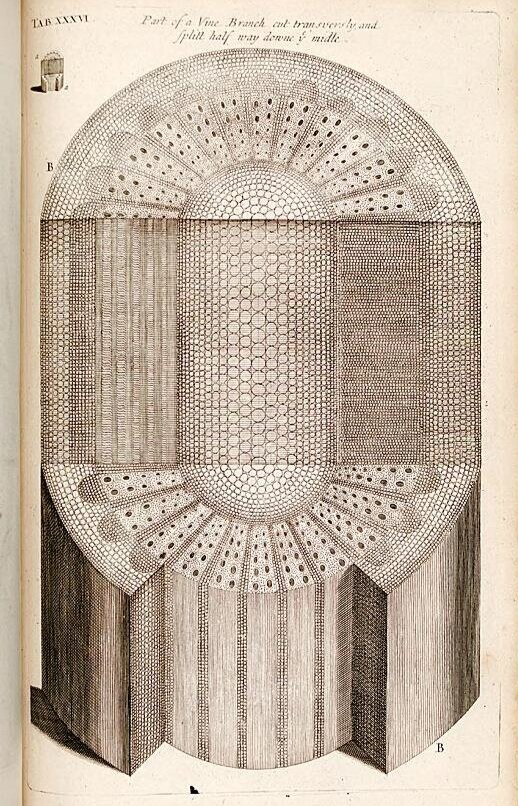Finding Art in Nature: Nehemiah Grew and Hist Fantastic World of Botanical Illustrations

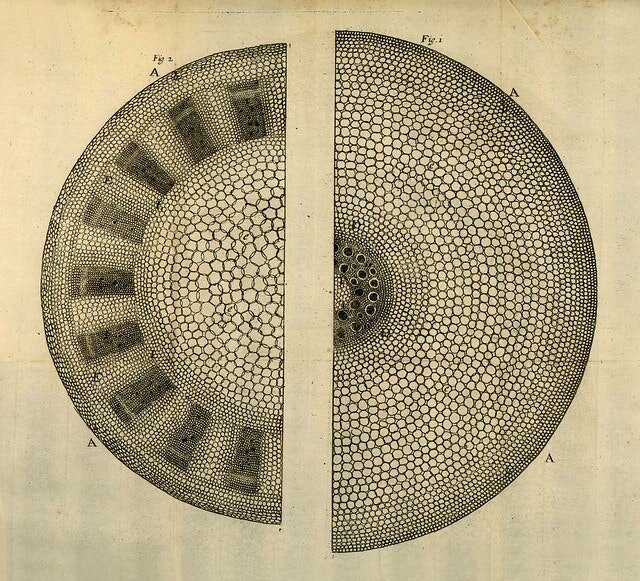
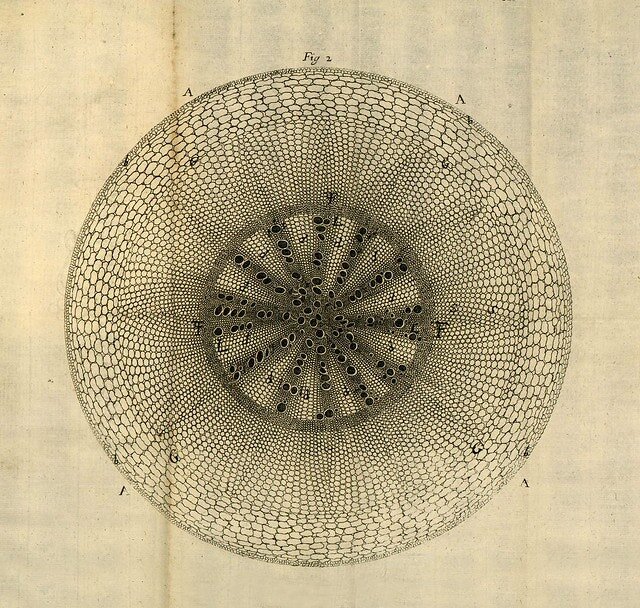
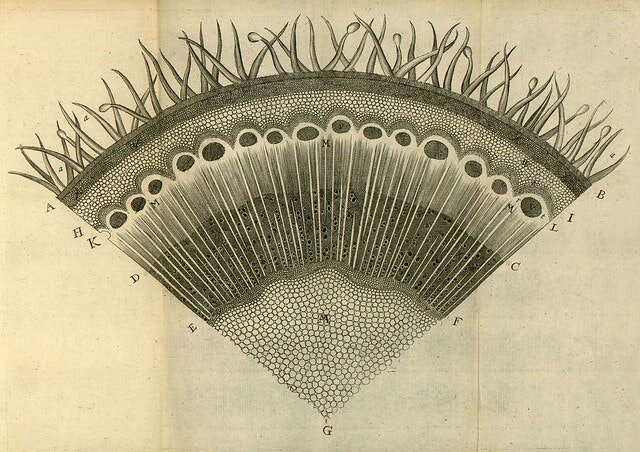
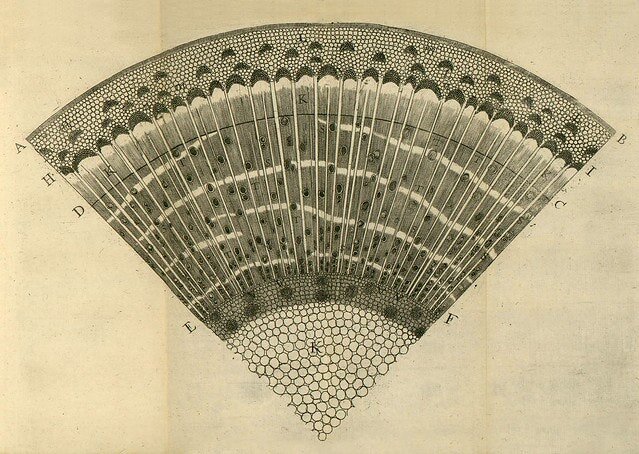
Welcome to the fantastic world of Nehemiah Grew! Considered by many to be the father of Botany, Nehemiah Grew was the first to reveal the inner structure and function of plants in all their splendorous intricacy in his pivotal work; The Anatomy of Plants, published in 1682.
Before there was photography, botanical illustration was the way of visualizing the world’s flora. Illustrations of plant life were used by physicians, pharmacists, botanical scientists, and gardeners for identification, analysis, and classification. The earliest known examples date back as far back as 50 - 70 CE, when Greek botanist Pedanius Dioscorides created his illustrated book titled De Materia Medica (On Medical Material) . As the title suggests, it was made in order to help its readers identify medically significant plant life.
Up until Grew’s work in the 17th century, it was believed that plants, unlike the bodies of animals and humans, had no internal structure - think cells, distinct parts or organs or functioning systems for respiration, processing nutrients and reproduction. In fact, during the Renaissance it was commonplace that the external shape of a plant was a clue or signature to its use. Grew was the first to make a comprehensive comparative study and was the first to turn a microscope on flora in his investigations into plant anatomy. His meticulous drawings and detailed observations provided proof that plants shouldn’t be limited to the analysis of the outward appearance, but that there was a rich interior world to be studied; including form, structure, systems and functions at the macro and microscopic levels, now known as morphology.
For further Information on the works and life of Nehemiah Grew please check out Brian Garrets essay The Life and Work of Nehemiah Grew Published by Public Domain Archive.
